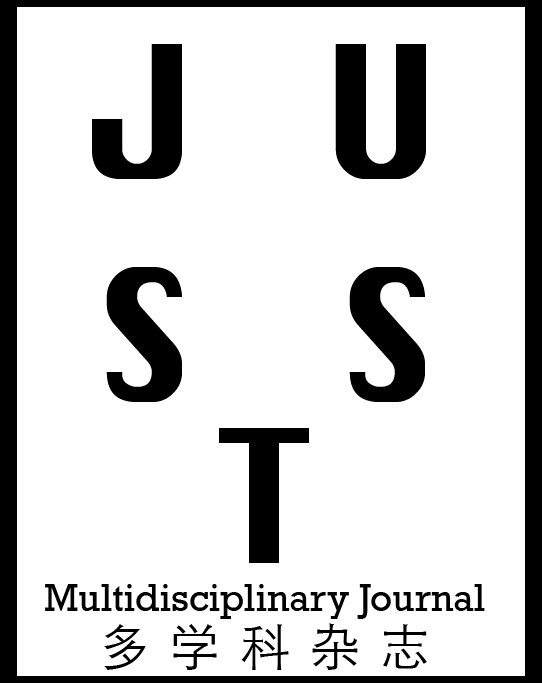Susanta Kundu, Vinod Kumar Sharma
Department of Computer Science and Engineering, Shree Guru Gobind Singh Tricentenary, University, Gurugram, India.
Soil Organic Carbon Stock Predictability based on Multispectral Remote Sensing Data – A Review
Authors
Abstract
Soil Organic Carbon (SOC), usually located within a meter of the topsoil layer, is the largest terrestrial carbon pool. Rapid urbanization and
industrial growth have drawn attention to SOC Stock (SOCS) in soil, equating its correlation with carbon emissions resulting in global warming in terrestrial environments. Such transformed global warming correlates with initial soil organic carbon stock size. Estimating soil organic carbon stock may help to limit the earth system model projections in global warming [1] .
This paper reviews commonly used predictive statistical models to forecast SOC estimation using popular algorithms in machine learning and deep learning. Input data used to “train” by different algorithms can predict SOCS with variances in their performance. This study
covers relative comparisons of Artificial Neural networks (ANN), supporting vector machines (SVM), and other Deep Learning models used in computing SOCS with multispectral remote sensing data. In general, comparing and choosing the optimal technique is an exciting task.
